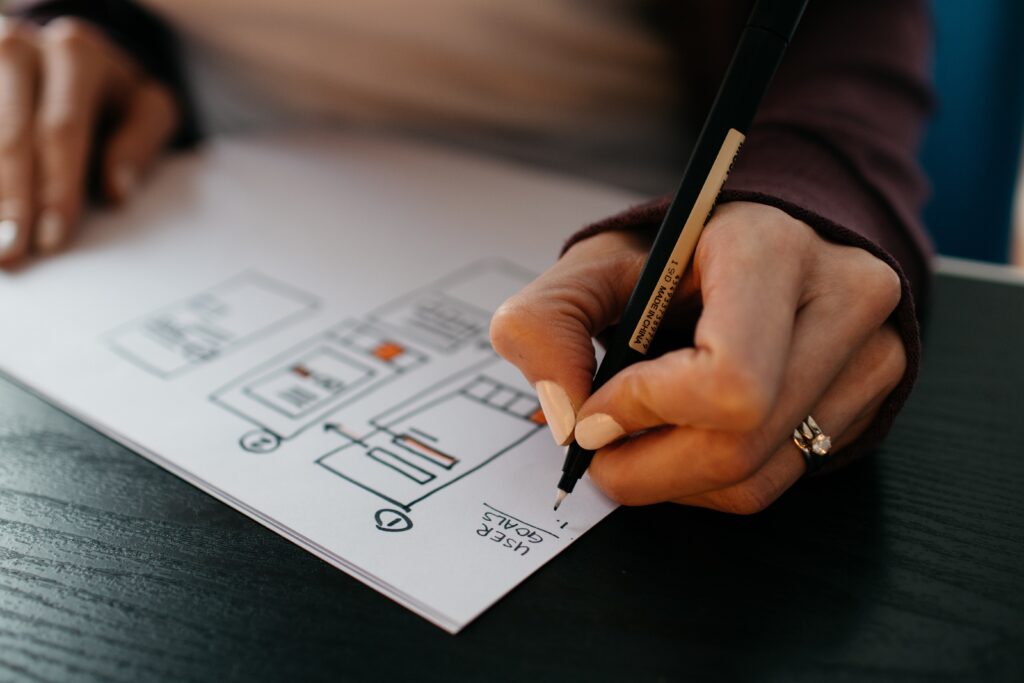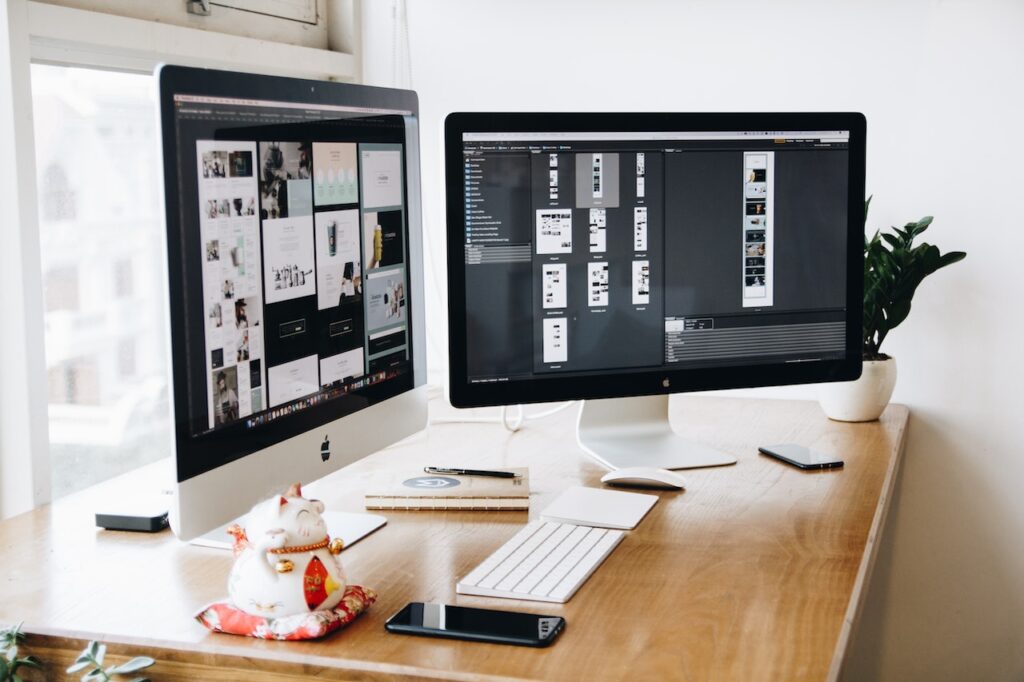1. Understanding The Customer
The first thing to consider before building a website is to answer the questions:
- Who is the site for?
- What do they expect to find or do there?
- Is this website’s primary aim to inform, to sell, or to amuse?
- Does the website need to clearly convey a brand’s core message, or is it part of a wider branding strategy with its own unique focus?
- What competitor sites, if any, exist, and how should this site be inspired by different then, those competitors?
Create the client brief which include
- Primary objectives
- Target Audience
- Product requirements
- Deliverables
- Timeline
- Cost




